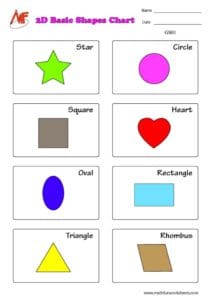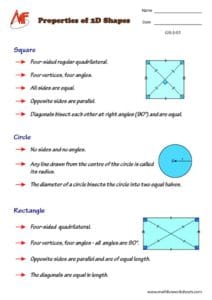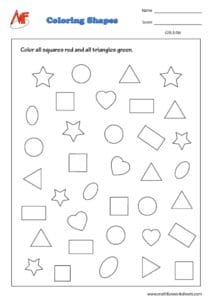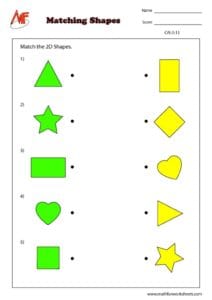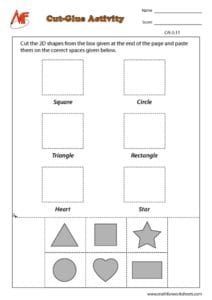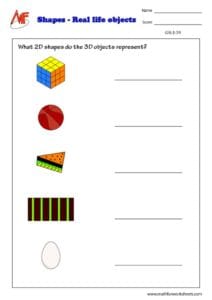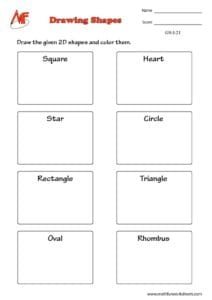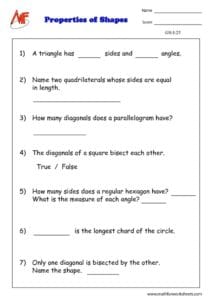Browse by Topics
- English Worksheets
- Science Worksheets
- Kid's Corner
- Numbers & Operations
- Addition
- Subtraction
- Multiplication
- Division
- Decimals
- Place Value
- Roman Numerals
- Skip Counting
- Odd & Even Numbers
- Patterns
- Cardinal & Ordinal Numbers
- Rounding Numbers
- Estimation of Numbers
- Estimation of Time & Money
- Counting & Cardinality
- Comparing Numbers
- Ordering Numbers
- Fractions
- Prime & Composite Numbers
- Squares & Cubes
- Square & Cube Root
- Divisibility Rules
- Factors & Multiples
- Data Handling
- Algebra
- Ratio
- Least Common Factor
- Greatest Common Factor
- Percent Worksheets
- Proportion
- Order of Operations
- Scientific Notation
- Exponents
- Algebraic Expressions
- Evaluating Algebraic Expressions
- Simplifying Algebraic Expressions
- Graphing Lines
- Point Slope Form
- Two Point Form
- Two Intercept Form
- Equations
- Identifying Functions
- Evaluating Functions
- Function Table
- Domain and Range
- Trigonometric Charts
- Quadrants
- Polynomials
- Measurement
- Geometry
- Word Problems
2D Shapes Worksheets
Worksheets on 2-D Shapes for kids help them learn the basic and standard shapes. Colorful charts make kids recognize various 2-D shapes.
2D shapes worksheets help students learn the basics of flat shapes in a simple and engaging way. These worksheets focus on identifying, drawing, and sorting common 2D shapes like circles, squares, triangles, rectangles, and hexagons. Students build a strong foundation in geometry through clear visuals and hands-on activities.
What does 2-D shape mean?
2-D is two dimension. That is, shapes are represented on the x and y axis or on a horizontal and vertical plane.

2D Shapes worksheets free download pdf
Coloring 2D shapes

Coloring 2D shapes
To begin, learners discover the names and properties of each shape. For example, a triangle has three sides and three corners, while a square has four equal sides. The worksheets guide students to count sides and corners, helping them understand the unique features of each shape.
Next, students practice drawing shapes by tracing or copying them. These activities improve fine motor skills and shape recognition. Some worksheets include matching exercises where students connect shapes with everyday objects—like a clock for a circle or a door for a rectangle. These real-world examples make learning more meaningful.
Then, learners move on to sorting and grouping tasks. They classify shapes based on sides, angles, or size. This helps them build logical thinking and comparison skills. Some worksheets offer puzzles and coloring tasks to make learning fun and interactive.
In addition, students explore symmetry and patterns using 2D shapes. They complete half-shapes or create repeating patterns. These activities boost their visual and spatial awareness.

